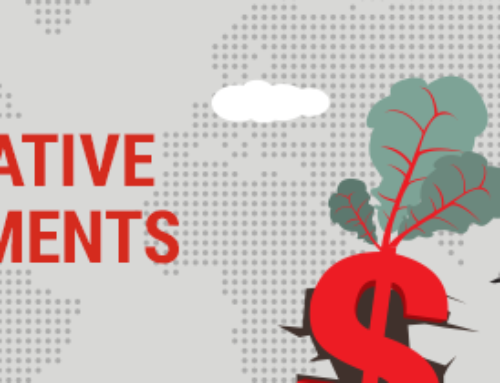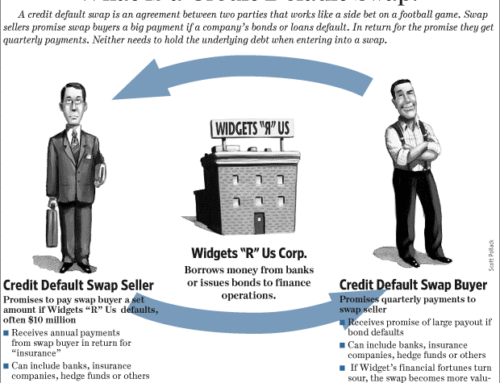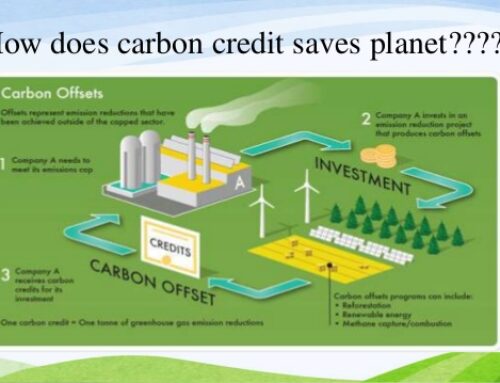
Infrastructure is the basic facilities and systems serving a country, city, or other areas, including the services and facilities necessary for its economy to function.
So many things come under the term infrastructure like Airports, Bridges, Broadband, Canals, Critical Infrastructure, Dams, Electricity, Hospitals, Irrigation schemes, Lighthouses, Parks, Pipeline transport, Ports, Mass transit, Public housing, State schools, Public spaces, Rail, Roads, Sewage, Solid waste, Telecommunication, Utilities, Water supply, Weirs, Wastewater.
Over the last decade, there has been a transformation in the ownership of the world’s economic Infrastructure. The combination of a substantial supply of assets and the need for governments and companies worldwide to reduce debt has led to $1.7 trillion being invested into infrastructure assets globally, making it one of the fastest-growing alternative investment assets.
This transformation has been driven by an influx of capital and investors seeking long-term, stable returns. More than $200bn has been raised by specialist funds since 2006, with at least the same again allocated by pension funds and other direct investors. As a result, much of the world’s infrastructure is now in the hands of specialist private investors.
What are trends in the sector? In the UK, Specialised Investors are Playing a prominent role in Infrastructure investing. Companies like Brookfield Blackstone are famous for their investment in Infrastructure. In India, one of the leading and fastest-growing Airline markets, GMR and GVK are leading infrastructure developers of Airports, and they are private. Telecom as the part of Infrastructure was left by Government’s hand and growing in the hands of private players.
Investment in Infrastructure is illiquid. There are so many restrictions on such sectors, so competitors can’t compete. That is why many such projects are good sources of Steady cash flows. Many times Mutual funds, Hedge funds, or MLPs ( master limited Partnerships ) are set up by large institutions for investing in infrastructure.



